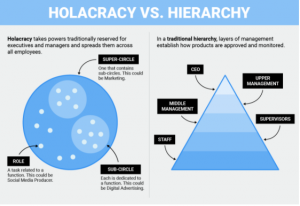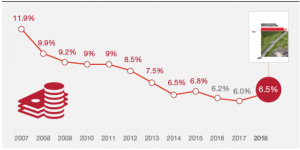The numbers of people who are affected by anxiety are on the rise. Recent reports estimate that 40 million people are affected by anxiety, roughly 18 percent of the nation’s population.
While it is hard to tell whether this rise is an actual increase in those affected by anxiety or simply an increase in those willing to report it, one thing is for sure, uncontrolled anxiety impacts a person’s quality of life both at home and at work.
Strategies for coping with Anxiety
- Ensure that you have a strong support system both at home and at work. Spending time with family and friends is one of the best ways to ease the stress of the day. People who develop strong emotional connections at work have built in safety nets for diffusing some of that stress before it becomes harmful.
- Exercise before, during or after work. Everyone has a time when they feel their best. Some may prefer to get up early and for others it is the perfect release after the end of a long day. Some are lucky enough to have company or company sponsored gyms that they can take advantage of during the workday
- Take a different perspective, remembering that not everything is urgent. Learning to laugh a little at how busy things can get, automatically eases the stress level.
- Try looking at things a different way the next time you feel stressed. For example: Instead of rolling your eyes when yet one more person walks into your office, think of it as how many opportunities you have to impact someone’s life in a positive way. The more the better!
- Do something to lighten your own mood. Maybe it’s wearing a funny saying under your work shirt or leaving yourself inspirational messages. Whatever breaks to constant stream of stress, even for a few minutes, will be helpful
- Keep a journal of all the crazy, wacky, unbelievable things that happen. Then, after a particularly stressful day, you will be able to review the past happenings and realize that today was no worse than some of the past days have been. They passed and you got through them.
- Fake it until you make it. Pretend that you’re not anxious or bothered by what happens at work. Because of something known as cognitive dissonance, the mind can actually adapt to the way you act. If you act like a great, confident, happy employee every day even when you’re genuinely not, you can start to feel the very same positive emotions that you’re pretending to experience, and ultimately reduce your anxiety that way.
The way you handle the anxiety is not as important as finding the approach that works best for you. Don’t be reluctant to reach out for professional help if you have tried numerous approached and nothing seems to be working. Left untreated, anxiety has a negative impact on your quality of life and you deserve only the best!











